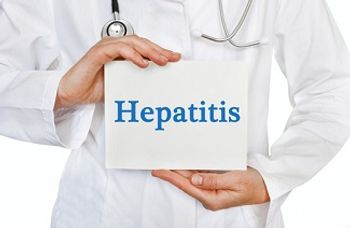
Streptococcus pneumoniae Adapting to Vaccines, Antibiotics
Researchers from Harvard Medical School conducted one of the largest studies to date to examine the impact of pneumococcal vaccines and antibiotic usage on trends in colonization in young, healthy children.
Although rates of invasive pneumococcal disease (IPD) have declined since the widespread introduction of pneumococcal conjugate vaccines (PCV), according to 15-year surveillance, Streptococcus pneumoniae (S. pneumoniae) have adapted, with increases in non-PCV and antibiotic-resistant strains.
“Despite our best efforts to understand factors associated with success of certain serotypes under selective pressure, the complex interplay of a multitude of host and organism factors challenges our ability to predict serotypes-specific success,” according to Grace Lee, MD, MPH, Director, Center for Healthcare Research in Pediatrics and Associate Professor of Population Medicine and Pediatrics, Harvard Medical School, Boston, MA and colleagues, who conducted one of the largest studies to date to examine the impact of pneumococcal vaccines and antibiotic usage on trends in colonization in young, healthy children.
For the
The prominent non-PCV serotype 19A that emerged accounted for the largest portion of IPD as well as difficult-to-treat noninvasive infections, until several years after it was included in the PCV-13.
Dr. Lee and her colleagues reported that in 2014, serotype 19A was responsible for 15.4% of penicillin-intermediate susceptible isolates, 66.7% of penicillin-resistant isolates, 15% of ceftriaxone non-susceptible isolates, 4.4% of erythromycin non-susceptible isolates, and 13.3% of clindamycin non-susceptible isolates. Although there was a decline in 19A colonization with increased use of PCV-13, the investigators noted that the rates of resistance to each antibiotic continued to increase.
Risk factors for S. pneumoniae colonization were identified, including younger age, more hours spent in daycare, a respiratory tract infection on the day of sampling, a smoker in the household, and recent antibiotic use.
The investigators added that it is impossible to disassemble the connection between individual antimicrobial use, antimicrobial agent use in the community, and serotype-specific characteristics, as well as “determine the impact those relationships have on the success of particular strains that continue to circulate in the community.” In addition, they emphasized the importance of continuing such community-based surveillance, given the extent that colonization was found to have adapted to interventions.
In an accompanying commentary, Douglas Swanson, MD, and Christopher Harrison, MD, Division of Infectious Diseases, Children’s Mercy Kansas City, University of Missouri-Kansas City, Kansas City, MO described the increasing number of strains in vaccines—from PCV7 introduced in 2000 to PCV13 in 2010—and the changing patterns of antibiotic use as “playing whack-a-mole.”
“The hope that IPD and antibiotic resistance would disappear after widespread use of PCV vaccines has yet to be realized,” Drs. Swanson and Harrison wrote. “To overcome the phenomenon of serotype replacement, vaccine strategies need to expand beyond serotype specificity by identifying antigens common to all S. pneumoniae. Meanwhile, studies like this one that monitors pneumococcal seroepidemiology will inform treatment and vaccine strategies.”
They suggested the risk factors for colonization can be addressed by timely PCV administration to young children, fewer hours in daycare, educational efforts on restricting second-hand smoke exposure, and avoiding inappropriate antibiotic use.
“Of these, judicious antibiotic use and on-time PCV 13 are actions providers can impact the most,” they wrote in the commentary.
An earlier version of this article was previously published on
Newsletter
Stay ahead of emerging infectious disease threats with expert insights and breaking research. Subscribe now to get updates delivered straight to your inbox.

















































































































































































































































































